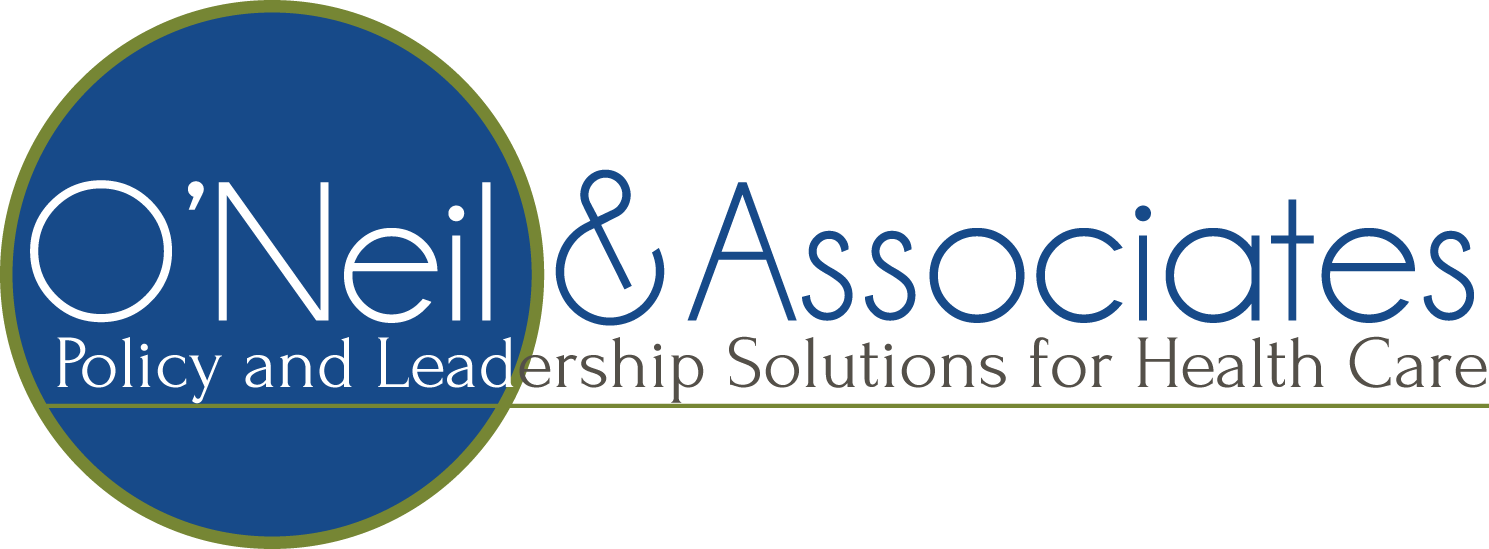This installment of the Director’s Report is coming online as the Senate has reported its version of reform to the floor for debate. While there is much work to be done to have some version of the bill leave the Senate and perhaps even more in reconciling it with the House bill in conference committee, there seems to be a growing demand for beginning the change. The detractors and outright opponents of this legislation rightly point out that it does little to reduce the cost of care in the US. But it does begin the process and provides some essential foundations to move toward that goal that has remained so elusive.
Providing a mechanism for guaranteeing access to care for most people and providing some needed reforms to the insurance markets are these essential first steps. Next we need to remove the impediments to closer integration among provider groups, hospitals and health plans and in fact this integration should be encouraged with incentives. As essential as such integration is, it will need to be accomplished in conjunction with the creation of ways to see and understand health and health care at the local or regional levels across the country. These are not the health planning agencies of the past, but new public – private ventures which can develop a complete picture of the needs of an entire population, help connect the rich resources that we have in health professions and institutions and improve the functioning of the health care market with information and consumer protection.
All of these changes will take more than a single legislative cycle. This is the essential transformation of the US health care system and these changes will take more than a decade at best and they will require leadership at the local, professional and institutional level of a type and quality that generally does not exist today. It is not management to run the existing organizations better, but leadership to transform them. Or as I have heard it said, health care in the US is over-managed and under-led. To address this there are four leadership qualities that everyone who aspires to that role must call upon.
The first quality of leadership is that the leader must feel this as a calling. I apologize to those that may be offended by the rough religious connotation of this word, but I truly feel that to be successful to the enormous challenge of transforming any part of the health system we have today, to be able to pursue a vision and direction which breaks tradition and the particulars of what has been, will require, in part, the courage that comes from both an intellectual as well as emotional commitment to change. The pressure to maintain the status quo in health care is enormous; and most of this comes from the incumbents in the system who have much to protect by maintaining the current arrangements. The leadership that successfully moves such a system to change will need to be called to the quest and understand it as more than just a job.
The second quality of such leadership is to understand the context of the challenge. Much of the insularity of leadership comes from the myopic vision that has come with the reductionist approach produced by segmentation into separate professions, sub-specialized analysis and the silos of various institutions. To gain a broader perspective the leader must seek out a different view of the challenge. The most critical perspective is that of the customer. There are those that still rankle at a change in terms of those that are served by the system, but there is no more valuable quality than gaining insight from those who must be moved to act on their health care. What do they value? How much are they willing to pay? How would they like to receive it? How can behavior be changed? All of these questions and a host of others need to inform the context of how new approaches to health care are composed.
Critical capacity is the third leadership quality. This really is a very broad category of all of the skills needed by the individual to move from managing well to successfully leading change. At the Center we think of these skills in four categories – personal, which is self-knowledge and management, people, which are the skills to work through and with others, purpose, which are the skills to gain the new context, craft a new vision and drive toward it, and process, which encompasses the myriad of more technical skills of moving an organization forward. Synthesizing these in the moment when leadership is required is the art of the leader, but it begins with developing new critical capacities.
Finally, the last capacity is the ability to bring coherence to the leadership challenge. Few humans will want to change if what they are being asked to change to is alien and confusing. The leader must provide coherence by being clear about the vision, communicating it in ways that speak differently to distinct audiences, attaching the new direction to older values and verities, informing the process with data and analysis, and inspiring it with stories of pain and success. Bringing coherence will be essential to change at every level within health care and should be the aim of every leader.
